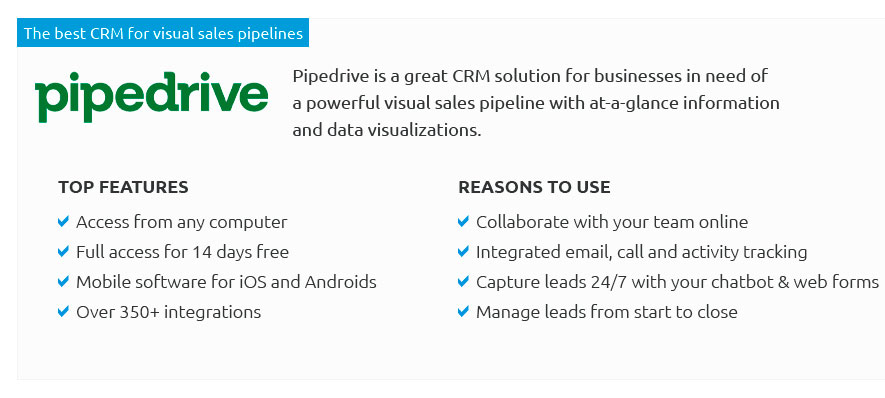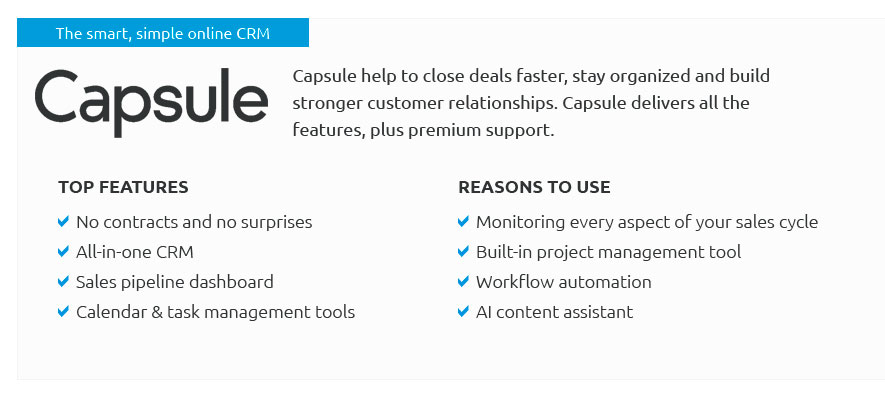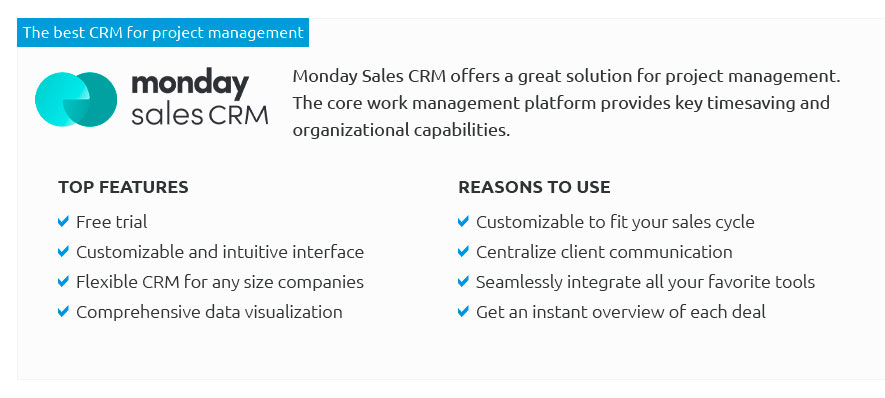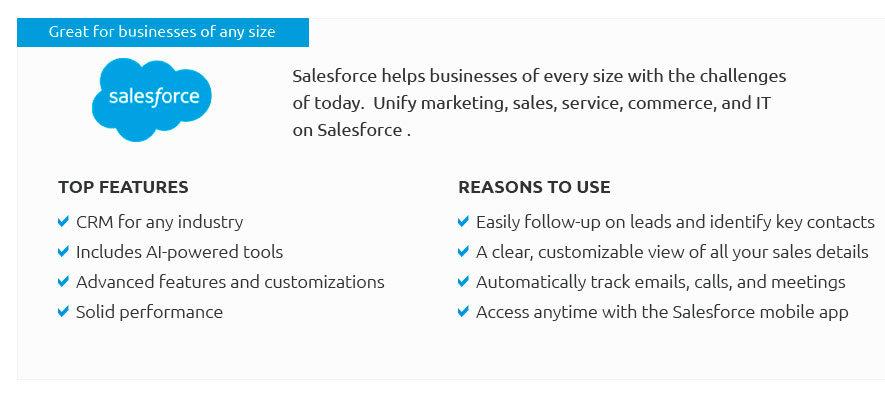 |
 |
 |
 |
 |
 |
|
 |
|
 |
|
 |
|
 |
|
 |
|
 |
 |
|
3jo1ku4zgj Understanding the Essence of a Creative WorkflowIn the realm of creativity, the term 'workflow' often evokes images of rigid processes, yet, in truth, it embodies a harmonious blend of structure and fluidity. A creative workflow is an intricate dance between inspiration and execution, offering a framework that fosters innovation while maintaining productivity. This delicate balance ensures that artists, writers, designers, and other creatives not only generate ideas but also bring them to fruition in a coherent manner. At its core, a creative workflow is deeply personal, adapting to the unique rhythms and preferences of the individual. It is not merely a series of steps but a dynamic, evolving process that responds to the ebbs and flows of one's creative energy. While some may argue that creativity should be spontaneous and unrestrained, having a workflow does not mean sacrificing spontaneity; rather, it provides a scaffolding upon which the imagination can build without collapsing under its own weight. Consider the initial phase of a creative workflow, where ideation takes center stage. Here, the mind is a playground of possibilities, where brainstorming sessions, mood boards, and mind maps serve as tools to capture fleeting thoughts. It's essential to create an environment that nurtures creativity-a space free from distractions and imbued with elements that inspire. While some creatives thrive in chaos, others find solace in order, and a well-defined workflow accommodates both ends of this spectrum. Once ideas have germinated, the next phase is development. This stage often involves research, sketching, drafting, or prototyping, depending on the medium. A good workflow allows for iteration, understanding that the first attempt is rarely the final product. It's a phase of exploration and experimentation, where failure is not only accepted but encouraged as a stepping stone to brilliance. Here, time management becomes crucial; without it, projects risk stagnation. The subsequent phase, execution, is where the abstract becomes tangible. This is where discipline and dedication play pivotal roles. A structured approach to execution ensures that the vision is not lost in translation. For some, this might mean adhering to daily word counts or design quotas, while for others, it could involve setting aside dedicated time blocks devoid of interruptions. Yet, flexibility within this structure remains key, as the creative process is rarely linear. Finally, the review and refinement phase offers a moment of reflection. Here, feedback is invaluable, whether it comes from peers, mentors, or one's own critical eye. This stage is about honing and polishing, ensuring that the end product resonates with its intended audience. A creative workflow that includes ample time for revision often results in work that is both impactful and polished. To enhance a creative workflow, consider incorporating tools that align with personal preferences and project demands. For some, digital tools like Trello or Asana offer organizational prowess, while others might prefer the tactile nature of notebooks and sketchpads. The ultimate goal is to create a workflow that feels less like a chore and more like an extension of the creative process itself. In conclusion, a creative workflow is not a one-size-fits-all solution but a bespoke framework tailored to individual needs. It's a testament to the fact that creativity, when guided by a thoughtful process, can flourish without bounds. By embracing a well-crafted workflow, creatives can navigate the often tumultuous waters of inspiration, ensuring their ideas reach the shores of reality with grace and elegance. https://creativeworkflowsolutions.com/
Helping you automate video creation, fast. We streamline and automate creative workflows within the Adobe Creative Cloud, allowing you to create hundreds of ... https://www.ziflow.com/blog/creative-workflow
These steps will guide you through setting up a creative workflow that makes your team more efficient, collaborative, and responsive. https://www.markup.io/blog/creative-workflow/
A creative workflow is defined as a logically-sequenced series of processes and creative operations involved in creative project completionfrom ...
|